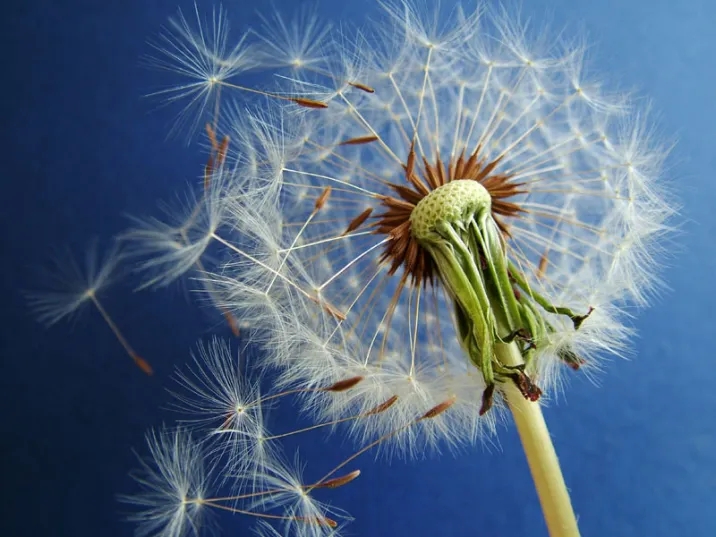Dandelion – the ubiquitous weed – is a flowering plant belonging to the Asteraceae family. There are several fun and interesting dandelion facts that shed light on different aspects of this plant.

Taraxacum officinale, dandelion’s botanical name, has been derived from some Greek words referring to the medicinal characteristics of this species. ‘Dandelion’, their common name, has been derived from the French phrase ‘dents de lion’, which means lion tooth. The shape of this plant’s leaves resembles a lion’s tooth. Dandelion is known by various other names in different regions around the world, the popular ones being cankerwort, wild endive, pissenlit, yellow gowan, puff ball, blow ball and more.
Dandelions have around 30 species and can be found throughout the world. They inhabit different habitats which offer them adequate sunlight, like meadows, forest edges, grasslands, lawns, and gardens.
Dandelion History

Dandelions have been a vital element in the field of traditional Chinese medicine for around a thousand years. Considered as a native to Mediterranean, dandelion plants were known quite well by ancient Egyptians, Romans, and Greeks. The leaves and roots of the plant were medicinally used as a tonic for removing toxins from bloodstream, as they serve as a mild diuretic to improve the digestive system functioning.
Ancient physicians were not much aware of vitamin and nutrition deficiencies. However, they found that dandelions were beneficial in many problems, including fevers, toothaches, constipation, anemia, arthritis, diabetes, gall bladder problems, heartburn, skin irritations, and liver, stomach and kidney disorders. Modern herbalists now realize that growing dandelions are enriched with Vitamins A, E, and C, as well as iron, zinc, and calcium.
The beauty of the plants was also appreciated. Making dye was a common application of the plants – pale yellow dye was made from the yellow dandelion flower and a purplish hue was derived from inner ribs of dandelion leaves.

Botanists state that some dandelion species are originally from North America. However, according to historians, early European settlers had introduced the plant’s two most familiar species – common dandelion (Taraxacum officinale) and red-seeded dandelion (Taraxacum erythrospermum) – to the New World owing to their medicinal and nutritional benefits. Both of these dandelion types have naturalized and are found abundantly across the country.
Fun and Interesting Dandelion Facts
Following are some fun facts about dandelions:
Dandelion makes the only flower representing three celestial bodies during different phases of its life cycle – sun, moon, stars. The yellow flower of the plant resembles the sun, the dispersing seeds of the plant resemble stars, and the puff ball of dandelion plant resembles the moon.

The dandelion plant’s every part is useful – roots, leaves, flower. Its uses include dye for coloring, food, and medicine.
Dandelion seeds can be carried away to up to 5 miles from their place of origin.
The dandelion flower has a yellow-orange hue and comprises many individual, miniature flowers called ray florets. The dandelion flower opens at the time of sunrise and closes at night.

Animals like butterflies, insects, and birds consume the seeds or nectar of dandelion.
The dandelion leaves are 2 to 10 inches long. A rosette is formed by these green leaves at the stem’s base. Dandelion leaves appear tooth-like at the edges.

Dandelion plants can reach a height of 17 inches.
Dandelions are pollinated by various types of insects. Yellow flower of the plant becomes a puff ball which comprises many fruits known as achenes. Dandelion seeds have a disk-like extension which serves as a parachute and helps dispersal by wind.

Consuming or touching dandelion can lead to allergic reaction for some people. However, the pollen of the plant cannot cause allergies as the grains are way too large in size to bother, but the milky sap (latex) contained by the plant may cause contact dermatitis.
In folk medicine, dandelions are used for treating liver disorders and infections. Tea made from dandelion serves as a diuretic i.e., facilitates urine excretion.
Dandelions are also called pioneer plants or ruderals – the first plants to colonize any disturbed lands (like land after a wildfire).
So, dandelion has a fascinating history and several exciting facts associated with it. These dandelion facts reveal many interesting things about the commonly occurring weed.


